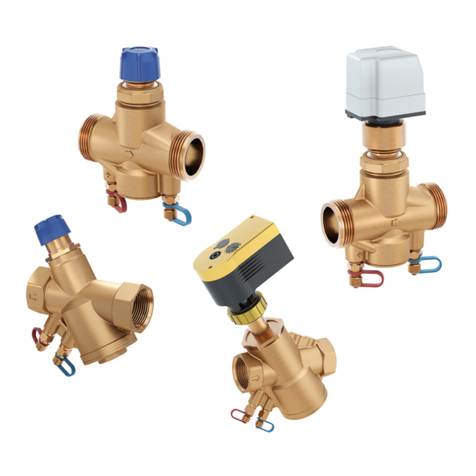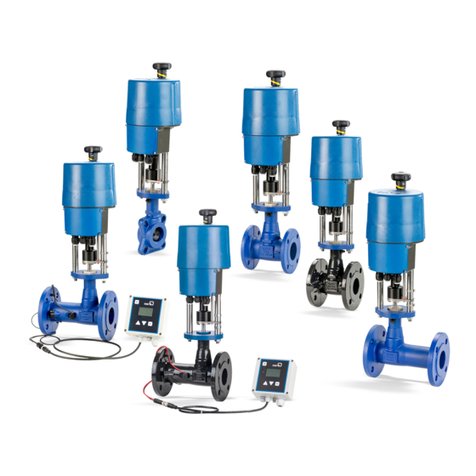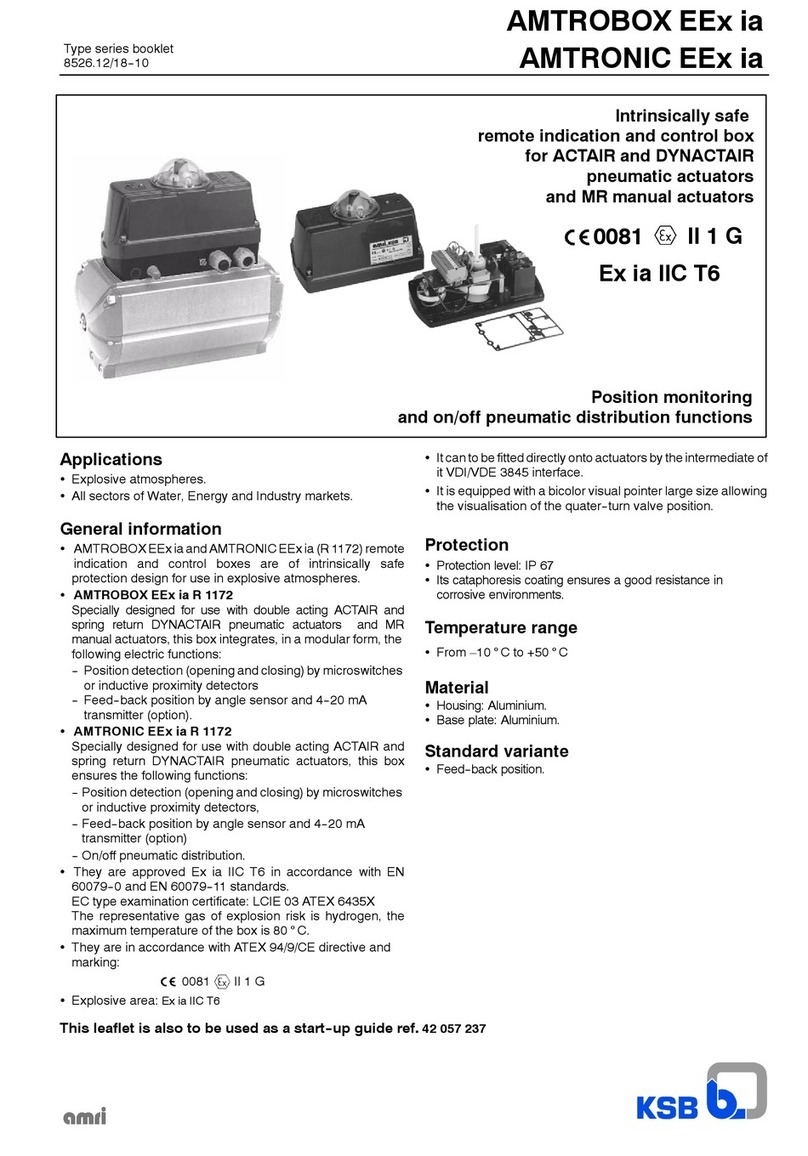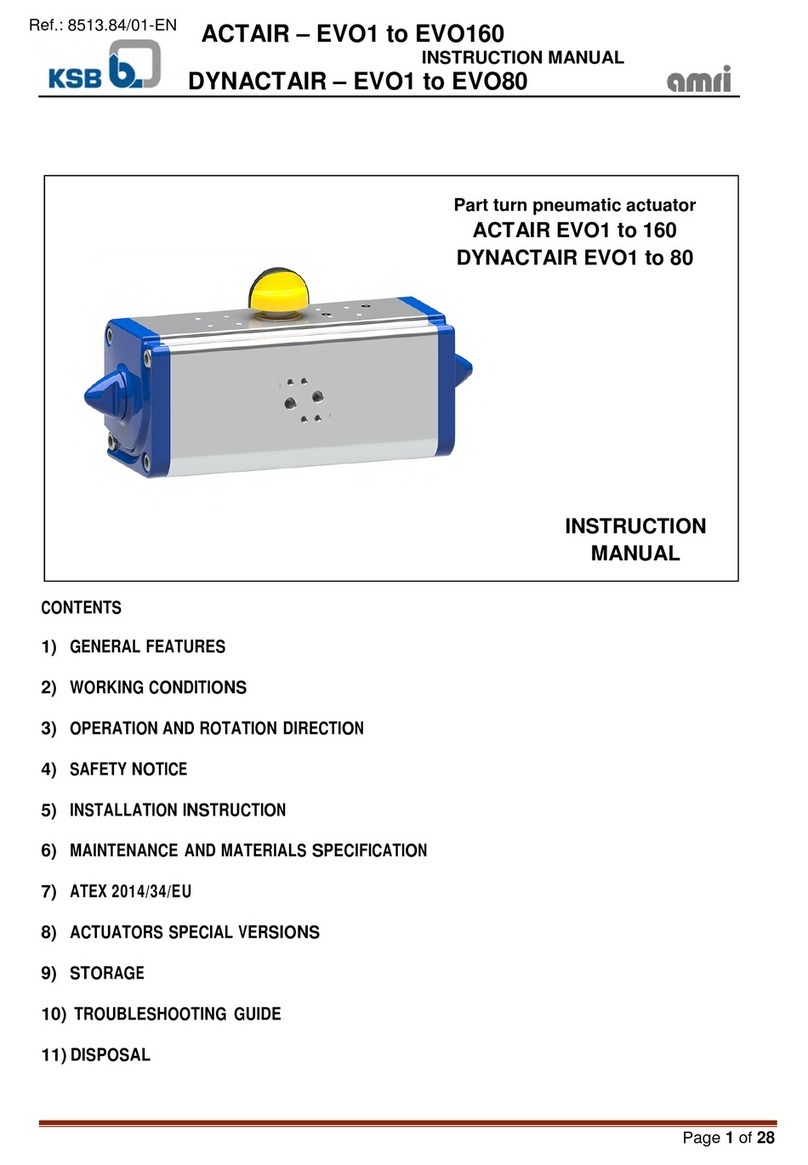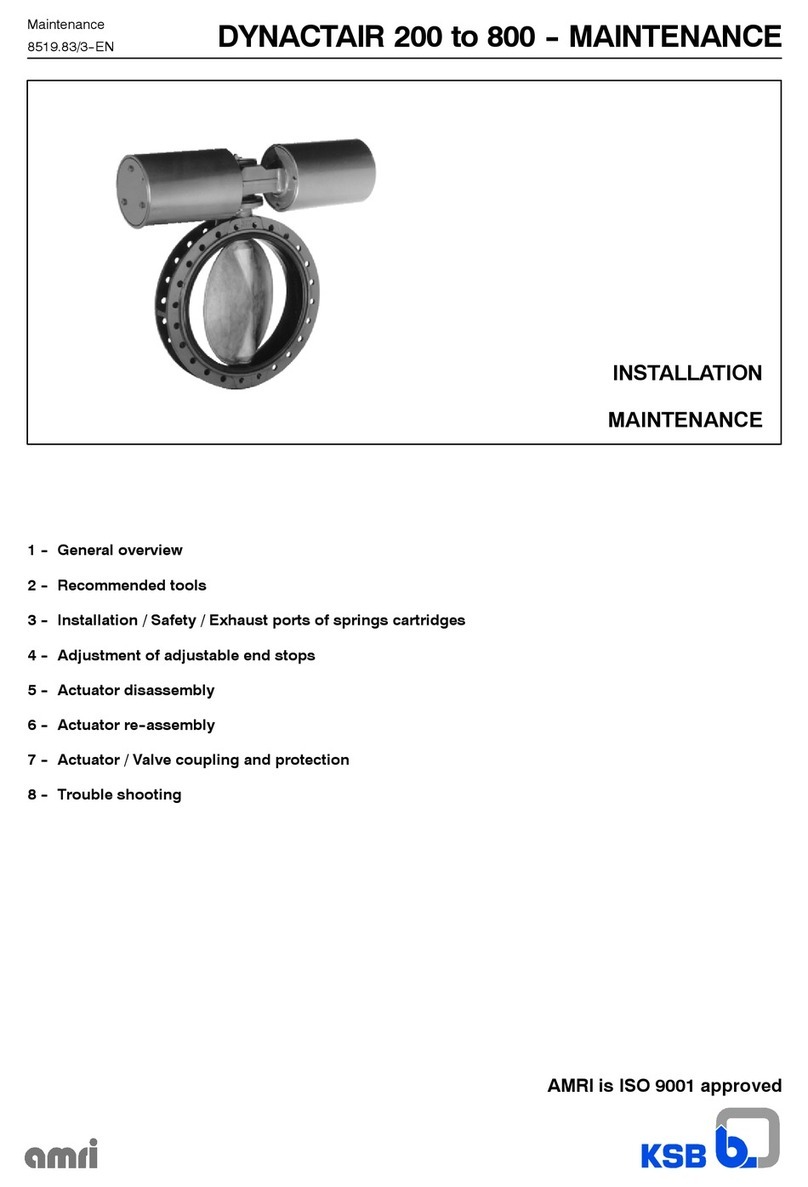Contents
4 of 88 BoosterControl Advanced
6.3 Operating the device via the control panel..................................................................................................27
6.3.1 Displaying and changing parameters ...............................................................................................27
6.4 General functions ...........................................................................................................................................28
6.4.1 Setting the physical units ..................................................................................................................28
6.4.2 Saving/loading customer settings .....................................................................................................28
6.4.3 Saving/loading factory settings.........................................................................................................29
6.4.4 Resetting to default settings.............................................................................................................29
6.4.5 Enabling/disabling the password ......................................................................................................29
6.4.6 Displaying general information ........................................................................................................29
6.4.7 Displaying status information ...........................................................................................................30
6.5 General information on parameterisation ...................................................................................................31
6.6 User login........................................................................................................................................................31
7 Quick Start Instructions ....................................................................................................................... 32
8 Commissioning/Start-up/Shutdown................................................................................................... 34
8.1 Ambient conditions for commissioning and operation ...............................................................................34
8.2 Commissioning................................................................................................................................................34
8.2.1 Starting up the system.......................................................................................................................34
8.3 Setting BoosterControl Advanced.................................................................................................................34
8.3.1 Setting the display language ............................................................................................................34
8.3.2 Setting the time/date.........................................................................................................................34
8.4 Basic configurations of the pressure booster system ...................................................................................34
8.4.1 Cascade control ..................................................................................................................................36
8.4.2 Cascade control - with jockey pump.................................................................................................37
8.4.3 Control with one frequency inverter (per system)...........................................................................38
8.4.4 Control with one frequency inverter per pump (sequential starting/stopping of pumps) ...........41
8.4.5 Control with one frequency inverter per pump (synchronous operation of pumps), multiple
pump operation .................................................................................................................................42
8.4.6 Setting the frequency inverter parameters......................................................................................44
8.5 Application functions.....................................................................................................................................45
8.5.1 Setting the parameters for dry running protection ........................................................................45
8.5.2 Setting an alternative setpoint .........................................................................................................45
8.5.3 Parameterisation of inlet tank function...........................................................................................46
8.5.4 Parameterising the accumulator function (frequency-controlled systems only) ...........................49
8.5.5 Water flow detection (WSD) .............................................................................................................49
8.5.6 Fire-fighting function ........................................................................................................................51
8.5.7 Emergency power function (limitation of number of pumps)........................................................51
8.5.8 Automatic setpoint reduction in case of inlet pressure drop (ASR) ..............................................52
8.5.9 Configuring the functional check run ..............................................................................................52
8.5.10 Dynamic pressure compensation (DFS).............................................................................................52
8.5.11 Setting freely parameterisable inputs ..............................................................................................53
8.5.12 Setting freely configurable outputs ................................................................................................53
8.5.13 Configuration example......................................................................................................................54
8.5.14 Setting alternative setpoint using a timer .......................................................................................54
9 Servicing/Inspection............................................................................................................................. 55
9.1 Safety regulations...........................................................................................................................................55
9.2 Servicing/Inspection........................................................................................................................................55
9.2.1 Supervision of operation ...................................................................................................................55
10 Parameter list ....................................................................................................................................... 56
11 Trouble-shooting.................................................................................................................................. 78
11.1 Fault messages................................................................................................................................................78
12 Related documents .............................................................................................................................. 81
12.1 Checklist for commissioning and inspection.................................................................................................81
13 EU Declaration of Conformity............................................................................................................. 82
Index ..................................................................................................................................................... 83







